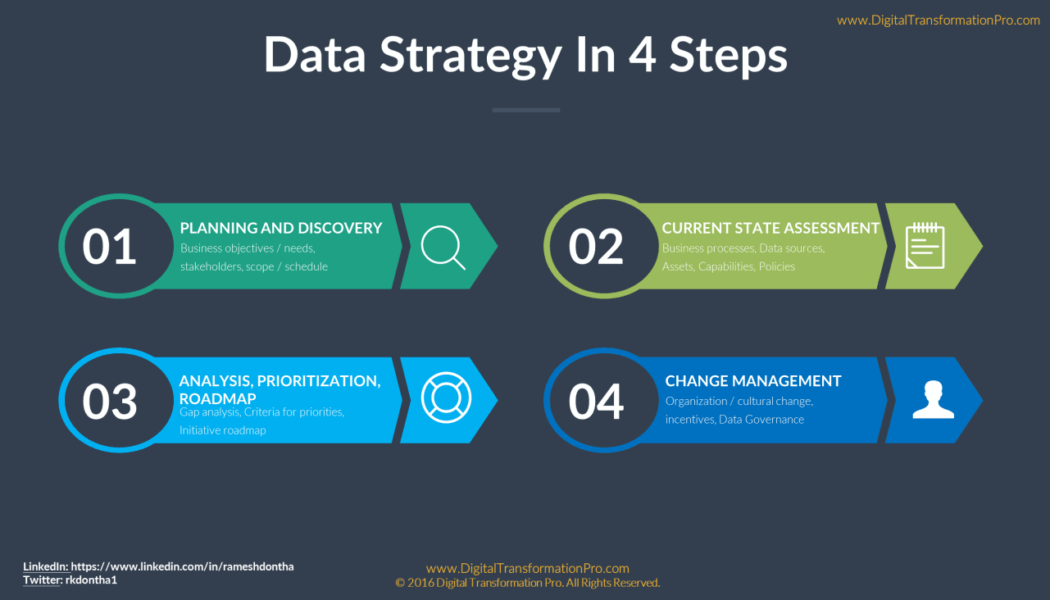Even though data has become one of the most critically important assets in an organisation, most companies have yet to align this with their business strategies. Not doing so results in an inability to identify and prioritise the interventions needed for growth and effectively measure their success.
But doing so is not without its complexities. For the most part, a data strategy comes down to identifying and understanding the data that is being worked with.
Having this in place can improve the way a company acquires, stores, manages, shares, and uses data. The underlying processes and the governance involved in how all this is managed are all key components of such a data strategy.
Even if this is in place, the biggest obstacle is still on how to best integrate it with the existing business strategy. As such, it is important to get stakeholder buy-in as quickly as possible. Data affects the entire organisation with all its touchpoints making C-suite support an imperative.
It is one thing to design a strategy and something else entirely to make it practically executable within the business framework. When done right, the implementation becomes agile and delivers frequent, iterative value to reinforce the benefits that the data strategy can provide the company.
Changing Times
To help guide this process, change management is important. A data strategy needs the involvement of the entire organisation.
Having sight of the key metrics to ensure the data strategy is implemented correctly, becomes vital. Components should include a glossary of data items, a clear goal or vision, a rationalisation of why it is done, and putting in place the strategic principles to do so.
Only once this is in place and linked to the broader business strategy, can the company identify the most relevant products and services to provide end-users. Doing so will unlock a level of customer satisfaction previously not possible due to a lack of alignment. And happy customers will invariably result in a reduction of churn while also making it easier to sign on new ones.
By harnessing Big Data, the organisation can create targeted campaigns relevant to each customer, greatly improving its ability to enhance the customer experience.
Even if a business is not in the customer service industry, it can still benefit from data and business strategy alignment. For instance, production lines at manufacturing plants can be flagged for proactive maintenance by analysing data at the edge of computing using connected devices.
It could also result in a business maximising profits through cost reductions. All of this cannot be achieved without having information available and getting an understanding of the specific components that must be targeted.
Measuring Data
However, there is no universal way of doing this. Each organisation will treat its alignment strategy between data and business differently.
Obviously, the industry sector will determine a great deal of the nuances needed, but the critical data sources to be managed will vary according to the business.
One of the best ways to do this is by conducting a prioritised use case or using existing key reports. A target to source mapping exercise will identify the supporting source systems.
Again, the completeness and associated data quality of such source systems will have to be determined in directing potential focus areas.
Ultimately, no business can hope to remain relevant and competitive without injecting its strategy with data-driven insights. Executive buy-in, organisational change management and continuous, iterative value are critical success factors in the implementation of a well-defined data strategy.
By Andreas Bartsch, Head of Service Delivery at PBT Group
Edited by Luis Monzon
Follow Luis Monzon on Twitter
Follow IT News Africa on Twitter











